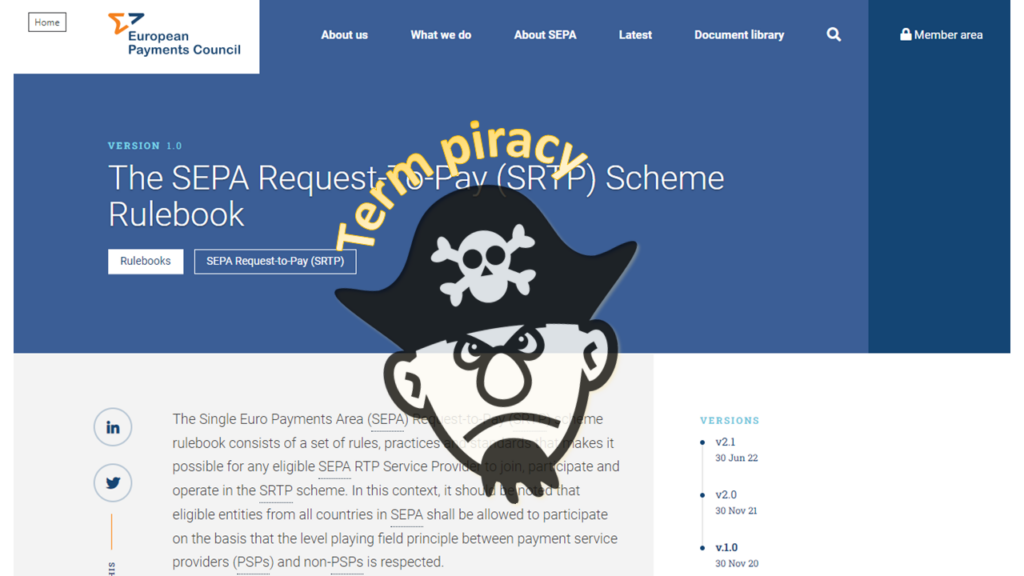An article by
Andreas Wegmann
Published on
22/07/2022
Updated on
03/11/2023
Reading time
2 min
Table of content
In the EU, consumer protection is a high priority. In the context of money transactions, providers are supervised particularly intensively to prevent financial damage through planned fraud or even poor management. On the other hand, innovation and competition are to be promoted so that business and consumers receive the best possible financial services. If only one type of banking licence were allowed for all conceivable financial transactions, there would be only a few banking institutions across the EU that could divide up the market among themselves and at the same time rest on their systemic relevance. The EU is trying to allow even small companies to conduct banking business by grading banking licences in order to promote competition and innovation. One result of this regulatory design is the e-money institution and the payment institution. But what is e-money institution and what is its purpose?
What distinguishes e-money institutions from banks?
E-money institutions (EMI) are not allowed to do everything that (universal) banks are allowed to do, but the requirements, e.g. in terms of capitalisation, are much lower. In Germany, the German Banking Act (Kreditwesengesetz, KWG) applies to banks, while EMIs are treated according to the Payment Services Supervision Act (Zahlungsdiensteaufsichtsgesetz, ZAG). As the name suggests, they handle e-money and are therefore not allowed to handle cash. E-money institutions may issue e-money e.g. in the form of a chip card or by means of a software solution (e.g. for smartphones). In doing so, they must always also provide a payment service, i.e. enable the transfer of money between a sender and a recipient. Custody of credit balances is not permitted.
EMIs themselves are not allowed to grant loans or engage in securities transactions. Although e-money institutions hold accounts for their customers, these are not bank accounts.
Payment institutions
The so-called payment institutions (PI) are somewhat lighter. They are allowed to accept funds and forward them to a recipient. They can, but do not have to, set up dedicated accounts for this purpose. The German ZAG law recognises a variety of distinctions of all permissible activities. To obtain a licence in Germany, the application must be approved by the competent authority “Bundesanstalt für Finanzdienstleistungsaufsicht” (BaFin).
A database of institutions licensed in Germany can be found on the BaFin website.
Who uses EMIs and PIs?
In Germany, even before the ZAG, there were some companies that offered innovative solutions in payment transactions by German “Lastschrift”. Both in retail shops and in e-commerce, direct debit payments are processed and offer merchants a low-cost alternative to card payments.
A large part of the activity is also “simple” money transfer transactions, enabling low-cost transfers, for example.
Since EMIs and PIs usually focus on one business transaction and then optimise it, the cost structure and process speed is better than at universal banks.
E-money institutions in the EU
An EU regulation is transposed into national laws by the member states and the design is then similar, but not the same. If we now look at the number of licensed e-money institutions compared to the number of inhabitants, there are conspicuous features. Especially small states like Luxembourg, Malta and Lithuania have an exorbitant number of EMIs and PIs.
The companies are allowed to use their licence within the EU and therefore look for a state with the most friendly licensing conditions. Business is then conducted primarily in the other EU states.
Share




